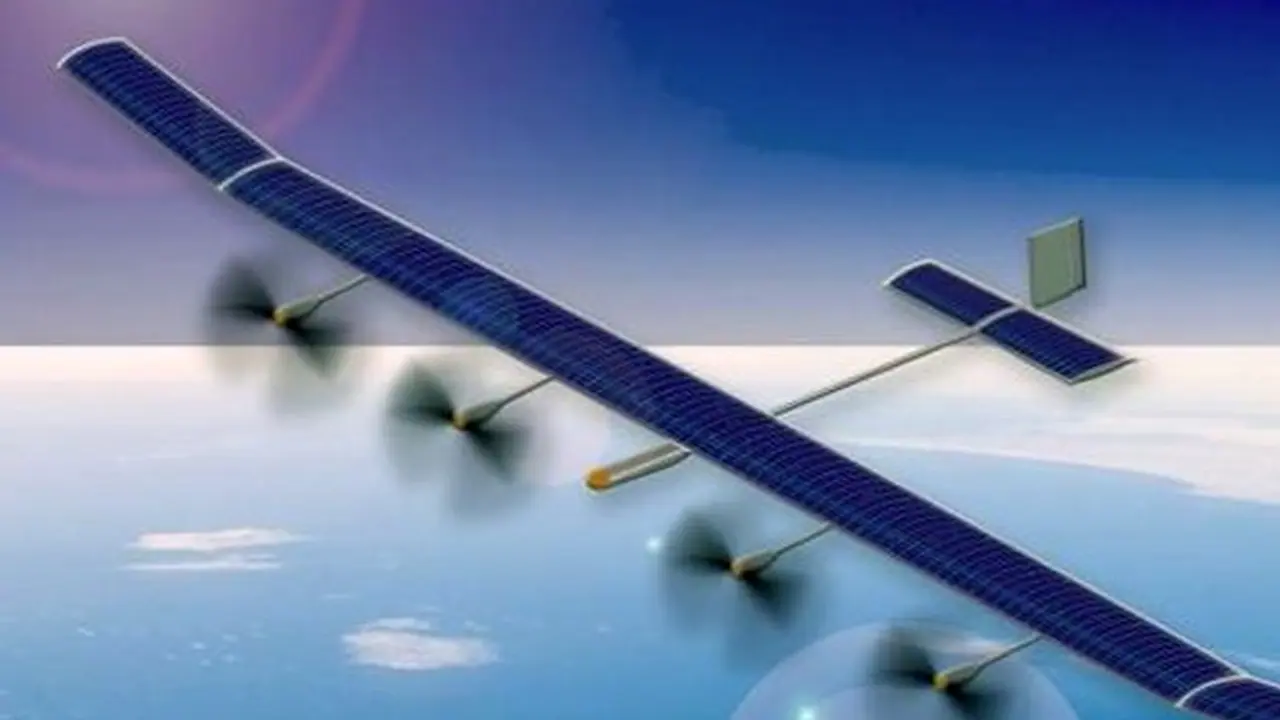Weighing around 500-kg with three months of endurance, the system would run on solar energy and would fly in the stratosphere or at an altitude of 70,000 feet.
State-owned aircraft-maker Hindustan Aeronautics Limited will release the first prototype of a futuristic High Altitude Pseudo-Satellite system within two years that would revolutionise near-space operations. Once it comes into use, the system will not have to penetrate into the adversary's territory to get inputs. It can get information of range within 200-km of enemy territory. Apart from HAL, there are two companies that are working on such disruptive technologies across the globe. The companies are based in France and the United States.

As per the top official of the HAL, the first prototype would be one-third in its size. It would be about 70-feet. This pace technology will not only be used for defence purposes but can also be used for geological services, disaster management, meteorological purpose among others.
The final prototype will come in a couple of years. The system which is in its developmental stage worth Rs 700 crore, will have a payload capacity of 30-35 kg with a surveillance capacity of over 200-km deep inside the enemy territory. The French and the US companies are developing for the payload capacity of 15-kg only.
Weighing around 500-kg with three months of endurance, the system would run on solar energy and would fly in the stratosphere or at an altitude of 70,000 feet. Speaking about its advantage, an official told Asianet Newsable, "It is cost-effective. It is much cheaper than running a satellite. You can place where you want to. It can be looked at inside over 200-km of enemy territory."
The project is being developed by the HAL in collaboration with a Bengaluru-based tech start-up. HAPS is a part of HAL's unmanned drone warfare programme also known as Combined Air Teaming System. There are four components in CATS. There is a mother ship. HAPS will give information on other things. The system is designed in such a way that it would work as a bridge between UAV and conventional satellites.
"All those north latitude countries, they can’t even try because they don’t have much sunlight. It cannot be run on power. It takes a day to go up and would stay for three months. We can place a variety of sensors in it," he said.
Also Read
How Indian Army eliminated terrorists who killed civilians in Kashmir
With eye on Pakistan, Indian Army snipers to use lethal .338 Sako TRG 42 rifles
